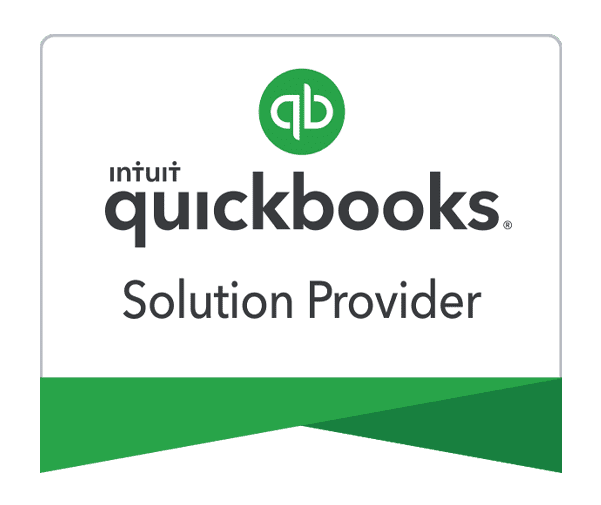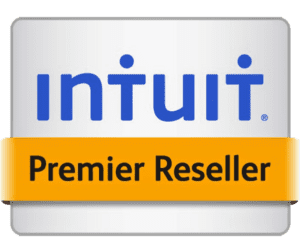For businesses, managing payment processing costs is crucial for maintaining profitability and operational efficiency. High transaction fees, administrative expenses, and payment delays can eat into profits and hinder cash flow. Xero accounting software offers powerful tools to help businesses streamline their financial operations and reduce payment processing costs.
Businesses can redirect saved resources towards growth initiatives and customer service improvements. Here are several effective ways to reduce payment processing costs using Xero.
Consider a Payment Integration
Integrating a payment processing solution with Xero is one of the most effective ways to reduce processing costs. Payment integration eliminates the need for manual data entry, reducing labor costs and minimizing errors. Automated payment processing ensures that transactions are recorded accurately and promptly, saving time and resources.
By integrating payments, businesses can consolidate multiple payment methods into a single platform, simplifying management and reducing the complexity of financial operations. This consolidation often leads to lower transaction fees, as businesses can negotiate better rates with payment processors. Additionally, integrated payment solutions offer robust reporting and analytics, providing insights into payment trends and helping businesses identify further cost-saving opportunities.
Leverage Automated Invoicing
Automated invoicing within Xero streamlines the billing process and reduces administrative costs. By automating invoice generation and delivery, businesses can save time and ensure that invoices are sent out promptly. This automation reduces the risk of late payments and the need for manual follow-ups, improving cash flow and reducing administrative burdens.
Automated invoicing also enhances accuracy, minimizing errors that could lead to disputes and delays. With accurate and timely invoices, businesses can maintain healthy cash flow and reduce the costs associated with resolving billing issues. Xero’s automated invoicing features provide a seamless and efficient way to manage billing, contributing to overall cost savings.
Learn the best practices for implementing electronic invoicing in Xero.
Use Batch Payments
Batch payments in Xero allow businesses to process multiple payments at once, reducing the time and effort required for individual transactions. This feature is particularly useful for managing payroll, supplier payments, and recurring bills. By consolidating payments into batches, businesses can streamline their payment workflows and reduce processing costs.
Batch payments also help in negotiating better terms with banks and payment processors. By presenting a larger volume of transactions in a single batch, businesses may qualify for discounted fees and improved service terms. Utilizing batch payments in Xero is an effective strategy for reducing both administrative and transaction costs.
Optimize Payment Terms
Optimizing payment terms can significantly impact processing costs and cash flow management. Businesses can negotiate better terms with suppliers to extend payment deadlines without incurring penalties. Longer payment terms provide more flexibility in managing cash flow and reduce the pressure of immediate payment obligations.
On the customer side, offering early payment discounts can incentivize timely payments and improve cash flow. By strategically setting payment terms, businesses can balance their cash flow needs with the goal of reducing payment processing costs. Xero’s flexible invoicing features make it easy to implement and manage optimized payment terms.
Implement Direct Debit Payments
Direct debit payments are a cost-effective way to collect recurring payments from customers. By setting up direct debits, businesses can reduce the costs associated with manual payment collection, such as credit card processing fees and administrative expenses. Direct debits ensure timely and consistent payments, improving cash flow predictability.
Xero’s integration with direct debit providers simplifies the setup and management of direct debit payments. This integration reduces the manual effort required to process payments and minimizes the risk of payment delays. Implementing direct debit payments is a reliable way to lower processing costs and ensure steady cash flow.
Utilize Electronic Payment Methods
Electronic payment methods, such as ACH transfers and digital wallets, typically have lower processing fees compared to traditional credit card payments. By encouraging customers to use these electronic methods, businesses can reduce transaction costs. Xero supports various electronic payment options, making it easy for businesses to offer and manage these cost-effective alternatives.
Promoting electronic payments also enhances payment security and speed. Faster and more secure transactions reduce the risk of fraud and chargebacks, which can be costly to manage. Leveraging electronic payment methods in Xero is a practical approach to minimizing payment processing expenses.
Automate Reconciliation
Automating reconciliation processes in Xero saves time and reduces the labor costs associated with manual reconciliation. Automated reconciliation matches transactions with invoices and bank statements, ensuring that financial records are accurate and up-to-date. This automation eliminates the need for manual data entry and reduces the risk of errors.
Accurate and timely reconciliation is essential for maintaining financial health and compliance. By automating this process, businesses can focus on strategic financial management rather than tedious administrative tasks. Xero’s automated reconciliation features provide a streamlined and efficient way to manage financial records, contributing to overall cost savings.
Monitor and Analyze Payment Data
Regularly monitoring and analyzing payment data in Xero helps businesses identify areas where costs can be reduced. Detailed reporting and analytics provide insights into transaction fees, payment delays, and customer payment behaviors. By understanding these patterns, businesses can implement targeted strategies to minimize costs and improve payment efficiency.
Xero’s reporting tools offer customizable dashboards and reports, making it easy to track key metrics and identify trends. Businesses can use these insights to negotiate better terms with payment processors, optimize payment methods, and streamline financial operations. Proactive monitoring and analysis are essential for continuous improvement and cost reduction.
Conclusion
To enjoy lower payment processing costs in Xero, businesses should consider integrating payment solutions and leveraging the software’s advanced features. Payment integration not only reduces costs but also enhances efficiency, accuracy, and security. By implementing strategies such as automated invoicing, batch payments, and electronic payment methods, businesses can optimize their financial operations and achieve significant savings.
Our experts at Paygration can set up payment integration for Xero, ensuring a smooth and efficient process. We also provide free consultation and ongoing support to help businesses maximize the benefits of payment automation. Get started by calling 866-949-7267, or schedule a demo below.


















